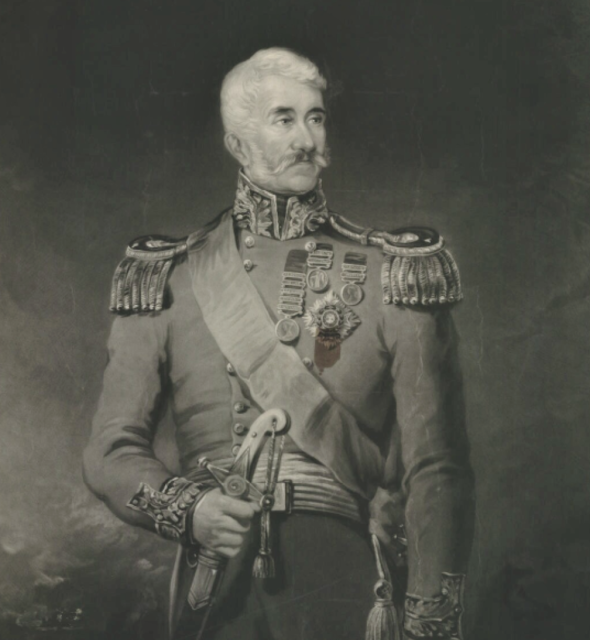DEPUIS or DE LUST, a French soldier of fortune who came to Lahore in 1842, and was employed by the Sikh Darbar as a trainer of gunner recruits. Later, he was made commandant of a battalion, but, being found unfit for command, he was removed from service in 1844. He then proceeded to Shimla where he opened a school for teaching French and dancing.
DHARA SINGH (d. 1860) succeeded his father, Mehar Singh, to the family estate situated in the Nakka tract of land upon the latter`s death in 1843. Dhara Singh joined Raja Sher Singh with his horsemen at Multan in 1848. He fought against the British in the battles of Ramnagar (22 November 1848) and Gujrat (21 February 1849). He died in 1860.
DHARAM SINGH, a Jatt Sikh of the village of Chitti, 15 km southwest of Jalandhar in the Punjab, was one of the associates of Bhai Maharaj Singh (d. 1856), leader of anti British revolt in the Punjab during 1848-49. Dharam Singh assisted Bhai Maharaj Singh by mobilizing help for him in the Doaba region during the latter half of 1849. He especially introduced two artillerymen of Kapurthala to Bhai Maharaj Singh, in Hoshiarpur area. He was arrested along with Maharaj Singh on the night of 28-29 December 1849, but managed to escape. However, he was rearrested at Wazirabad in Gujranwala district and was held in custody in Lahore jail.

GILBERT, SIR WALTER RALEIGH (1785-1853), divisional commander of the British army under Lord Hugh Gough in the first and second Anglo Sikh wars, son of the Rev Edmund Gilbert, was born in Bodmin, England, in 1785. In 1801, he joined the Bengal infantry as a cadet. He rose to be a major general in 1841, and lieutenant general in 1851. He commanded a division of the army under Sir Hugh Gough in the first Anglo Sikh war, in the battles of Mudki and Ferozeshah in December 1845, and at Sabhraori on 10 February 1846. Hugh Gough eulogized Gilbert`s services in his despatches.


